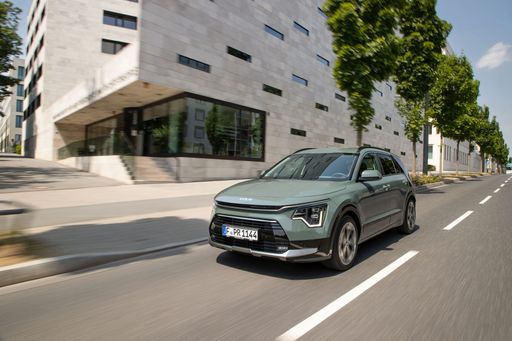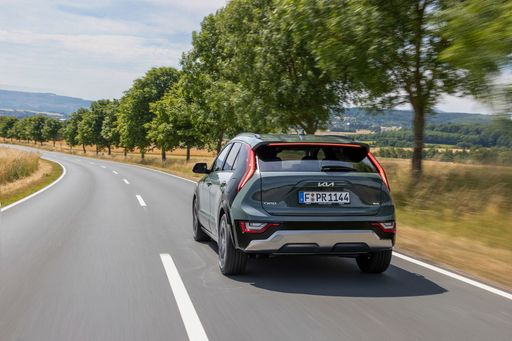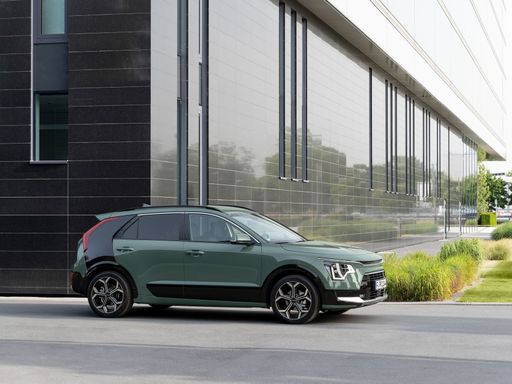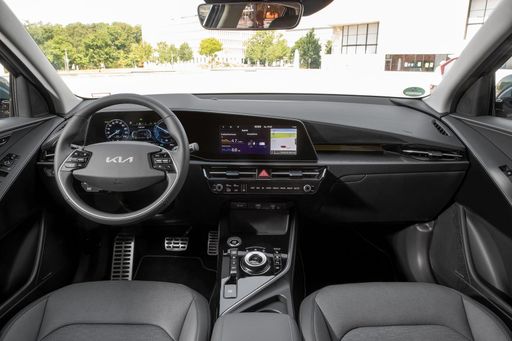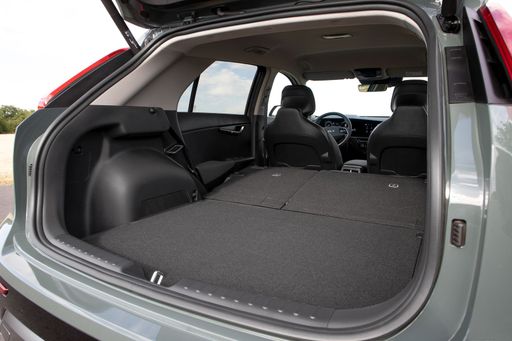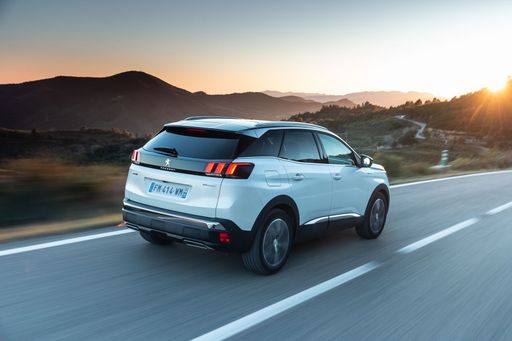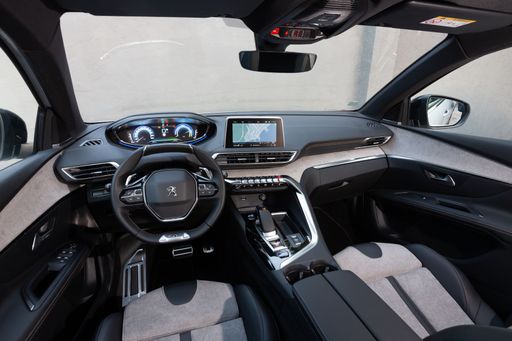The Battle of Compact SUVs: Kia Niro vs Peugeot 3008
In the ever-evolving automotive landscape, compact SUVs have grown in popularity, offering a blend of practicality, efficiency, and style. Among the top contenders in this segment are the Kia Niro and the Peugeot 3008. Both vehicles come with their unique features and technical specifications, making them worthy rivals. This article dives into a detailed comparison of these two remarkable SUVs, focusing on their technical aspects and innovative technologies.


